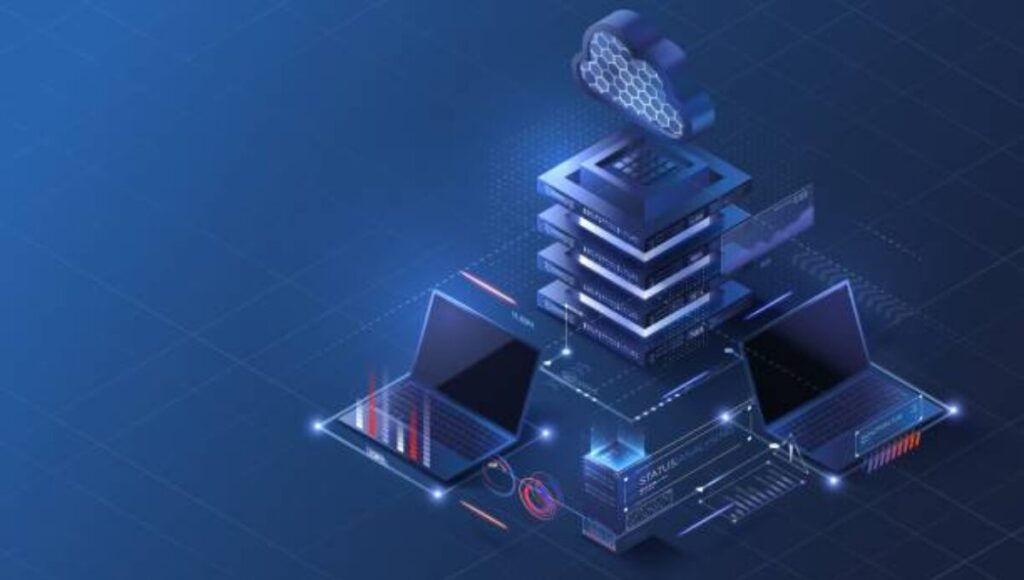In today’s data-driven world, leveraging the right tools for artificial intelligence (AI) and big data is crucial for staying ahead. The Databricks AI Platform has emerged as a game-changer for businesses looking to optimize their data workflows and harness the power of AI. This article explores what the Databricks AI Platform is, how it works, and why it’s becoming the go-to solution for data scientists and engineers alike.
What is the Databricks AI Platform?

The Databricks AI is a unified analytics platform that combines data engineering, data science, and machine learning. Developed by Databricks, the platform is designed to simplify and accelerate the process of building and deploying AI models. It integrates with major cloud providers like AWS, Azure, and Google Cloud, allowing users to manage their data and analytics in one place.
One of the key features of the Databricks Ai is its ability to handle massive amounts of data efficiently. It provides a collaborative environment where data engineers, data scientists, and analysts can work together seamlessly. This collaboration is facilitated by shared notebooks, interactive dashboards, and real-time data processing capabilities.
Key Features of the Databricks AI Platform
- Unified Analytics Workspace: The Databricks AI Platform offers a single workspace where users can perform data engineering, data science, and machine learning tasks. This integration reduces the need for multiple tools and helps streamline workflows.
- Apache Spark Integration: At its core, the Databricks AI Platform is built on Apache Spark, a powerful open-source data processing engine. This integration allows for fast data processing and analytics at scale, making it ideal for handling large datasets
- Collaborative Notebooks: The platform features collaborative notebooks that allow teams to work together on data analysis and model development. These notebooks support multiple languages, including Python, Scala, and SQL, enabling flexibility in coding and analysis.
- Machine Learning Capabilities: Databricks provides built-in machine learning tools and libraries, making it easier for data scientists to build, train, and deploy machine learning models. It supports popular libraries like TensorFlow, PyTorch, and scikit-learn.
- Real-Time Analytics: The platform’s real-time analytics capabilities allow users to process and analyze data as it arrives. This feature is particularly useful for applications that require instant insights and decision-making.
- Scalability: The Databricks AI is designed to scale with your needs. Whether you are handling small datasets or large-scale data processing, the platform can adjust to your requirements, ensuring optimal performance.
Benefits of Using the Databricks AI Platform

- Increased Efficiency: By integrating various data tasks into one platform, Databricks reduces the time and effort needed to manage and analyze data. This increased efficiency allows teams to focus on deriving insights and making data-driven decisions.
- Improved Collaboration: The collaborative features of the Databricks AI Platform foster teamwork and knowledge sharing. Data engineers and scientists can easily collaborate on projects, share insights, and make adjustments in real-time.
- Enhanced Data Processing: The power of Apache Spark combined with Databricks’ optimization features ensures fast and efficient data processing. This capability is essential for handling complex data workflows and large volumes of data.
- Cost-Effective: By using a unified platform, businesses can reduce the costs associated with maintaining multiple tools and systems. Databricks offers a pay-as-you-go pricing model, allowing organizations to manage their costs effectively.
- Flexibility and Integration: The platform’s support for multiple programming languages and integration with cloud providers provides flexibility for various data tasks. This makes it easier to adapt to different project requirements and environments.
How to Get Started with Databricks AI Platform

- Sign Up for a Trial: Databricks offers a free trial of its AI Platform. This is a great way to explore its features and see how it fits with your data needs.
- Access Documentation and Tutorials: The Databricks website provides extensive documentation and tutorials to help you get started. These resources cover everything from setting up your environment to advanced data processing techniques.
- Join the Databricks Community: Engage with the Databricks community to learn from other users and share your experiences. The community forums and user groups offer valuable insights and support.
- Attend Training and Webinars: Databricks frequently hosts training sessions and webinars. These events are an excellent opportunity to learn about new features and best practices from experts.
Use Cases and Success Stories
Many organizations have successfully implemented the Databricks AI to enhance their data strategies. For example:
- Retail Companies: Retailers use Databricks to analyze customer data and optimize inventory management. The platform’s real-time analytics help them respond quickly to changing market conditions.
- Healthcare Providers: Healthcare organizations leverage Databricks to process and analyze patient data. This helps in improving patient care and operational efficiency.
- Financial Institutions: Banks and financial institutions use Databricks for fraud detection and risk management. The platform’s advanced machine learning capabilities enable them to identify and mitigate potential risks effectively.
Conclusion
The Databricks AI is revolutionizing the way businesses handle data and artificial intelligence. With its unified workspace, powerful data processing capabilities, and collaborative features, it offers a comprehensive solution for managing and analyzing large datasets. Whether you are a data engineer, scientist, or analyst, the Databricks AI Platform provides the tools you need to succeed in the evolving world of data and AI.




